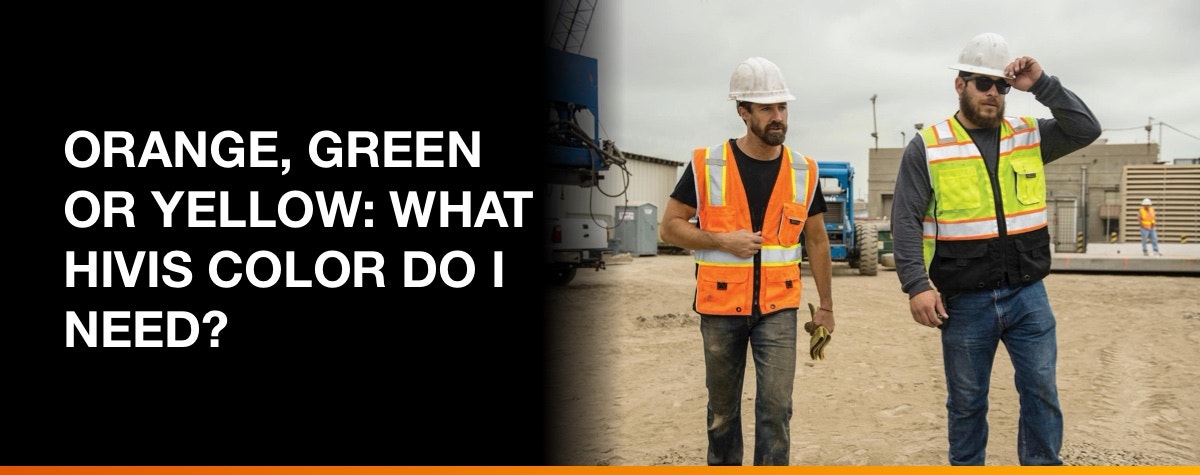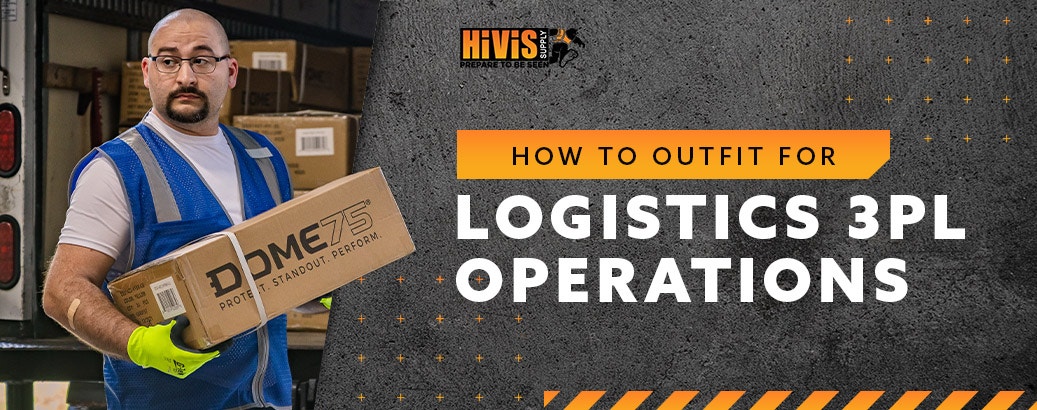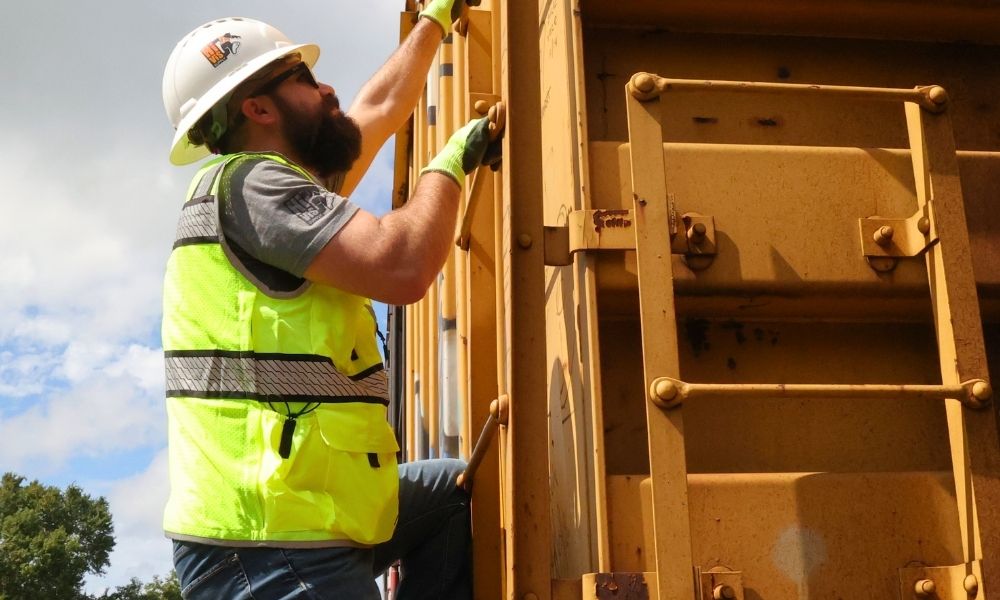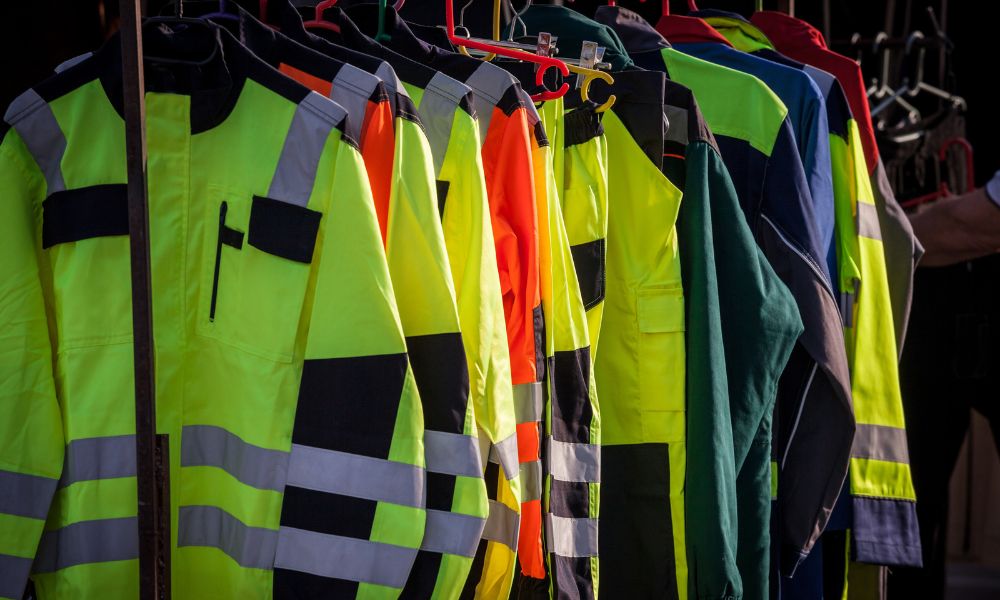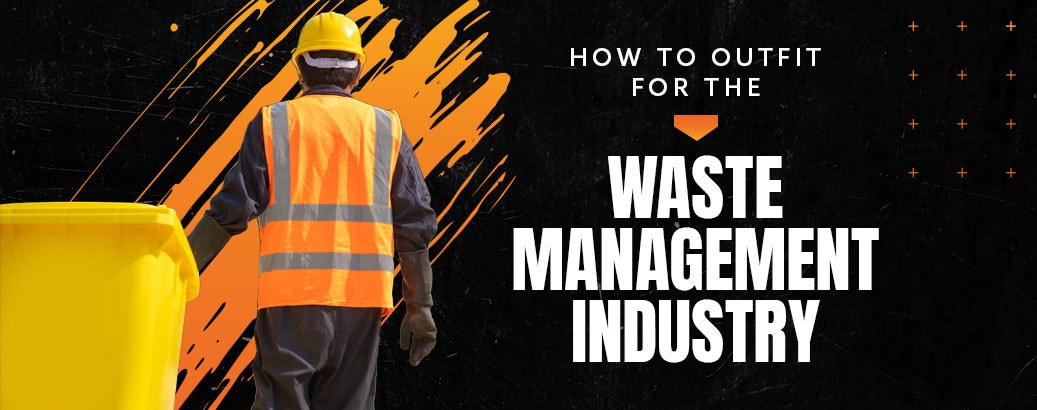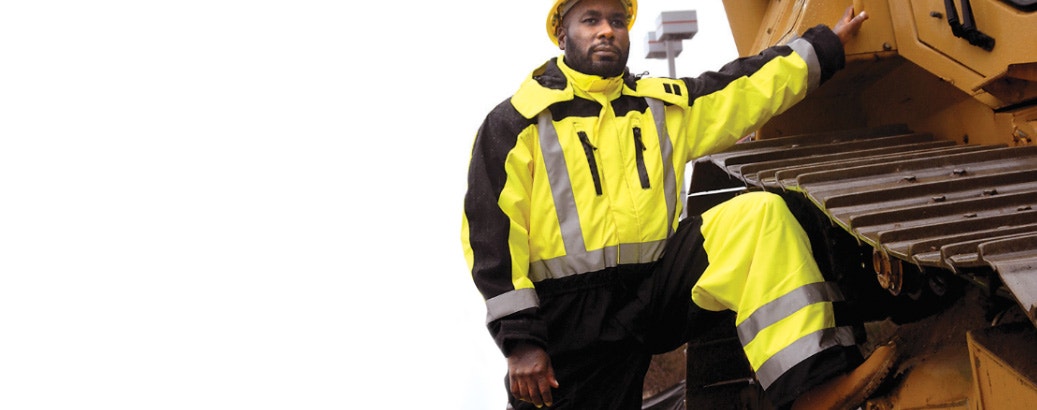Everything You Need to Know About the ANSI 107 Standard
- By HiVis Supply
- Jul 16, 2020

Even with the advent of the Occupational Safety & Health Administration (OSHA) in 1971, and its many subsequent safety standards put in place to safeguard the American workforce, it is sometimes hard to believe that the first guideline regarding high visibility garments was not published until 1999. This standard was the result of a joint effort of the American National Standards Institute (ANSI) and the International Safety Equipment Association (ISEA). The ANSI/ISEA 107-1999 standard, for high visibility garments, was the first widely recognized standard that addressed hi-vis clothing design, performance specifications, and usage.
Together, ANSI and ISEA help ensure that workplace apparel and equipment are made to a high standard to enhance safety and quality on the most dangerous job sites. One area that’s closely monitored by these groups is personal protective equipment (PPE), including high visibility apparel. When shopping for hi vis clothing for yourself or your employees, you want to look for garments that are compliant to the ANSI/ISEA 107 standard.
What Is ANSI/ISEA?
This standard was created by ANSI and the ISEA. It helps to know a little bit about these organizations to understand their requirements.
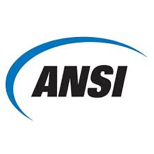

ANSI is a not-for-profit organization that helps strengthen voluntary consensus standards in the U.S. For over 100 years, ANSI has been providing standardizations created alongside industry experts, government agencies, consumer groups, and companies. These standards are used to encourage a consistent, uniform production of certain goods, which is crucial for helping to ensure high-level safety on the jobsite.
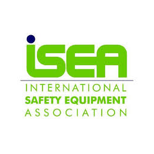

The ISEA (International Safety Equipment Association) is an American not-for-profit trade association made up of manufacturers of personal protective equipment (PPE) and safety apparel. Founded in 1993, ISEA has been setting specific standards in the production of high-visibility clothing, eye protection, chemical protection, and more. Today, it is made up of over 100 companies that make products in this industry, and many of them are available in our selection.
What Is the ANSI/ISEA 107 Standard?
The ANSI/ISEA 107 standard is the national standard for high visibility safety apparel (HVSA) and accessories. The requirements pertain to the garment’s background material and retroreflective material, and both of these must be tested by an accredited laboratory before an item is considered ANSI/ISEA 107 compliant. In order for a garment to meet the ANSI 107 standard, it must meet three important criteria. It must be:
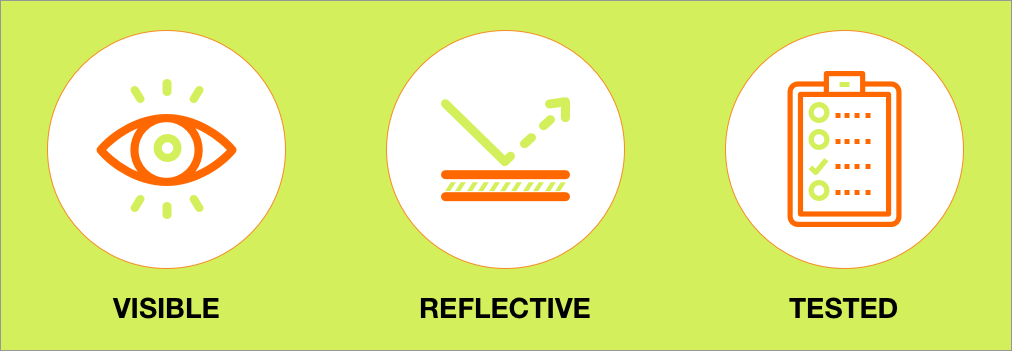
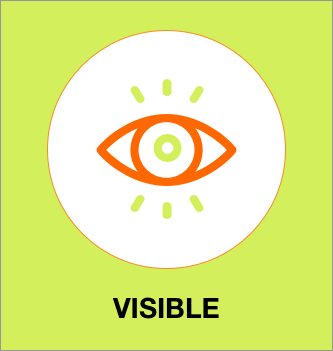
The base fabric must be made out of a high visibility fabric. Whether it is a high visibility yellow-green, orange-red, or red, the fabric must be what the standard refers to as “fluorescent.” These fabrics use special pigments to make them appear brighter so they stand out against the ambient background. They help increase visibility when working in low-lit conditions or at night. All apparel rated to this standard, regardless of the performance class or type, should be fluorescent to some degree.
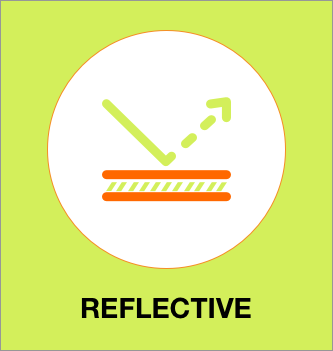
It must be made with reflective tape or striping. Reflective striping can improve visibility when your workers are out at dawn or dusk or in low-lit conditions. It’s especially important when working on roadway jobs because it helps return light to the direction of its source. For example, it will appear much brighter to a driver who is shining his headlights toward a worker. While the fluorescent material ensures some visibility in low-lit conditions, reflective material will significantly improve visibility at dusk or dawn, so the combination of both kinds of eye-catching materials is essential when on the jobsite.
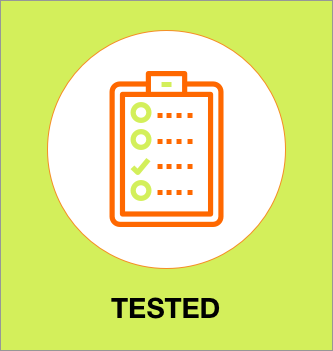
One of the interesting things about all ANSI 107 apparel is that it has to be tested by an accredited laboratory. After that, the manufacturer must provide a Declaration of Conformity with each model. This ensures that manufacturers don’t improperly or wrongfully label their apparel as meeting the standard when it does not.
Examples of ANSI/ISEA 107 Garments

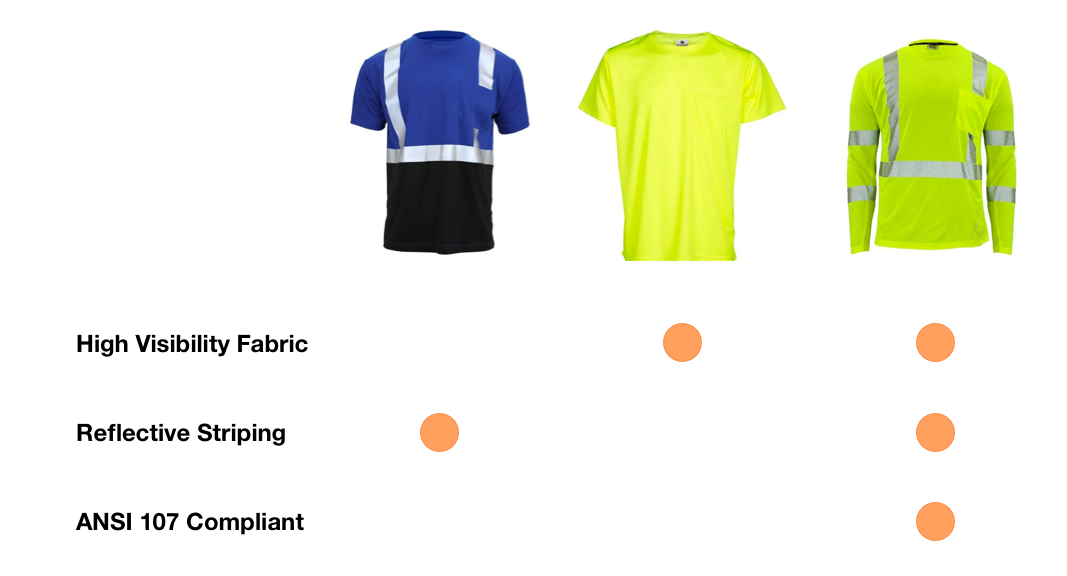
Other Important Factors
The standard also covers things like placement of the retroreflective material, the amount of material required for different classes (more on this below), and the garment labeling. But, by and large, the two most important things are that the garments be highly visible with the use of fluorescent fabrics and that they have reflective tape.
Types and Performance Classes of ANSI 107
In 2015, ANSI and ISEA combined two separate documents—the ANSI/ISEA 107-2010 standard for High Visibility Safety Apparel (HVSA) and the ANSI/ISEA 207-2011 American National Standard for High Visibility Public Safety Vests—to create a single comprehensive document called ANSI/ISEA 107-2015. The 2015 version required a new classification system to ensure that garment types were suitable for many different work environments.
The types and performance classes range from minimal high visibility (Class 1) to exceptionally high visibility (Class 2 and 3). To determine class, various factors are measured—the background material amount (in square inches), the reflective material amount (in square inches), and the minimum width of the reflective material (in inches). In general, for more safety and visibility, you want more inches of reflective materials on your garment. The current types and performance classes are:
Off-Road (Type O)
ANSI/ISEA 107 Type O garments are the lowest visibility items that can be approved by this standard, but they are still considered high visibility safety apparel. They are meant to be worn in off-road environments by workers who are not proximate to traffic or temporary traffic control zones. The off-road category is always designated as Class 1, as this is the lowest level of visibility and reflectivity that is allowed on apparel that’s approved to this standard.
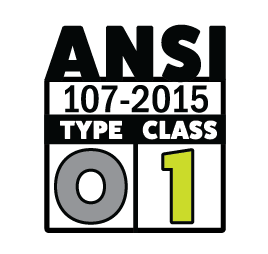

Class 1 – According to the latest requirements, Class 1 garments are "the minimum amount of high-visibility materials required to differentiate the wearer visually from non-complex work environments.” In other words, they are only to be worn by workers who are always well-separated from traffic Type O, Class 1 garments must have at least one horizontal band of retroreflective or combined- performance material around the torso as well as retroreflective materials either on the shoulders or encircling the arms.
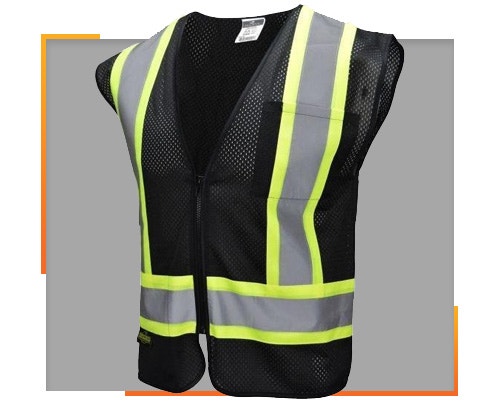

Type O Class 1 Garments
Examples of workers who might wear Class 1 apparel include anyone working in parking lots—parking attendants, grocery store workers, etc.—and others who work “in scenarios in which the struck-by hazards will not be approaching at roadway speeds.”The Radians SV22 Class 1 Contrast Economy Safety Vest is approved to the ANSI/ISEA 107 Type O, Class 1 Standard.
Roadway and Temporary Traffic Control (Type R)
The next level of ANSI types is Type R, which is designated for workers who spend their time on-road, near traffic, and against complex backgrounds. Those who are exposed to traffic in temporary traffic control zones or public rights-of-way should wear Type R apparel. Examples of workers who might wear this type of garment include roadway construction flaggers, utility personnel, survey crews, and school crossing guards. These garments may fall under either Class 2 or Class 3.
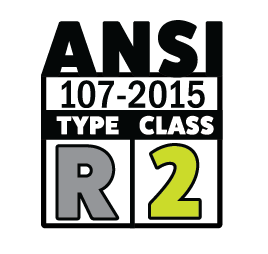

Class 2 – Class 2 garments must have at least one horizontal band of retroreflective or combined-performance material around the torso. Additionally, they must have a certain amount of retroreflective or combined-performance material in the shoulder or via encircling bands on the sleeves.
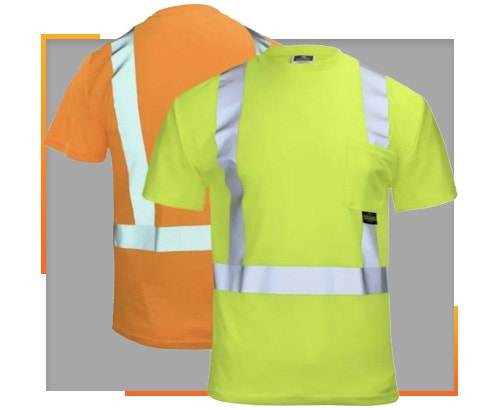

Type R Class 2 Garments
Examples of workers who might wear Class 2 apparel includes anyone working on railways, school crossing guards, roadway construction workers, utility workers, forestry operation workers, airport baggage handlers/ground crew, trash collection and individuals in survey crews.The Radians ST11-2 Max-Dri Short Sleeve Safety Pocket T-Shirt (shown above) is rated to the ANSI/ISEA 107 Type R, Class 2 standard.
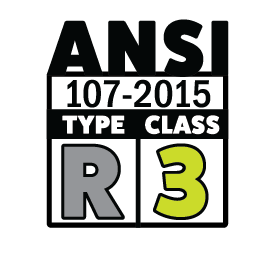

Class 3: Used to designate both Type R and Type P high visibility apparel, Class 3 should have at least one horizontal band of retroreflective or combined- performance material around the torso and must include one or more encircling bands on the sleeves.
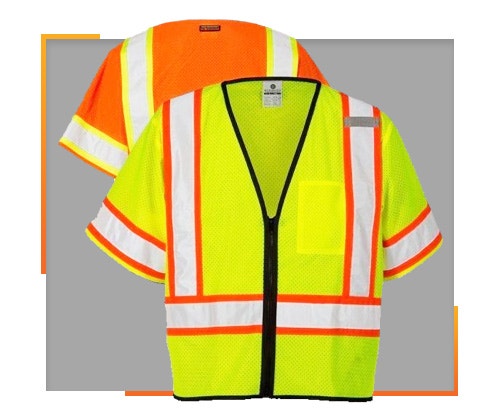

Type R Class 3 Garments
Examples of workers who might wear Class 3 apparel includes anyone working highway construction and flaggers, utility workers, survey crews and emergency responders.The ML Kishigo 1565/1566 Economy Series Vest (shown above) is rated to the ANSI/ISEA 107 Type R, Class 3 standard.
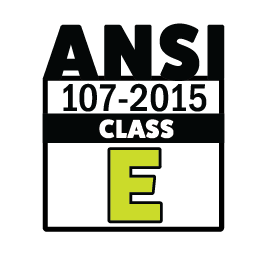

Class E — Class E refers to supplemental high visibility garments, including pants, bib overalls, shorts and gaiters. The important thing here is that, to meet requirements, they should not be worn alone. However, they can be paired with items of Performance Class 2 or Performance Class 3 to create an overall classification of Class 3.
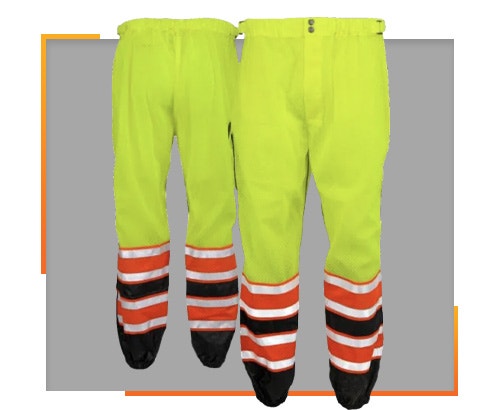

Type R Class E Garments
Public Safety Activities (Type P)
This type of ANSI 107 apparel is tested and standarized specifically for public safety workers, including law enforcements, firefighters, EMS; and those who are exposed to struck-by hazards, such as falling objetcs, heavy equipments, and motor vehicles.
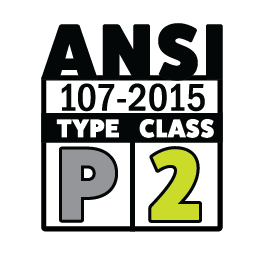

Clase 2 - Used to designated both Type R and Type P high visibility apparel, Class 2 should be worn by those who work on the road or near traffic that exceeds speed limit of 25 miles per hour. The Type P, Class 2 standar is the same as the Type R, Class 2 standar excepts that it requires slightly thicker reflective striping.
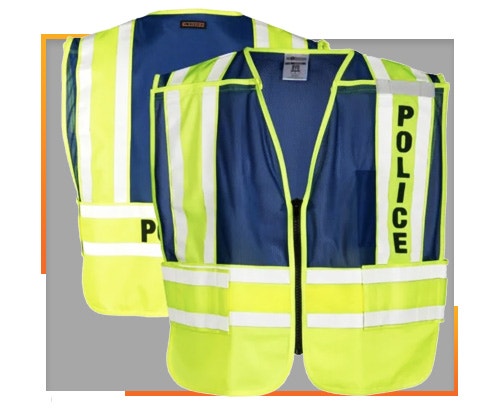

Type P Class 2 Garments
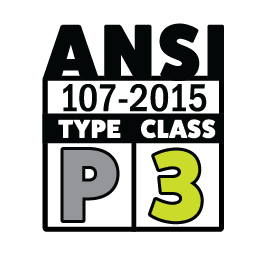

Class 3 - Used to designated both Type R and Type P high visibility apparel, Class 3 should be worn by workers who need additional visibility against complex backgrounds in a full range of body mentions. Type P, Class 3 apparel has slightly more background and reflective materials amounts compared with Class 2.
Do My Workers Really Need Standardized Hi Vis Apparel?
As you’ve learned from this guide, navigating the standards of high visibility apparel can be a little bit daunting, especially if you’re new to safety apparel. One question we often get from those new to the realm is: Do we really need ANSI compliant apparel? The short answer is yes, you absolutely do. Here’s why:
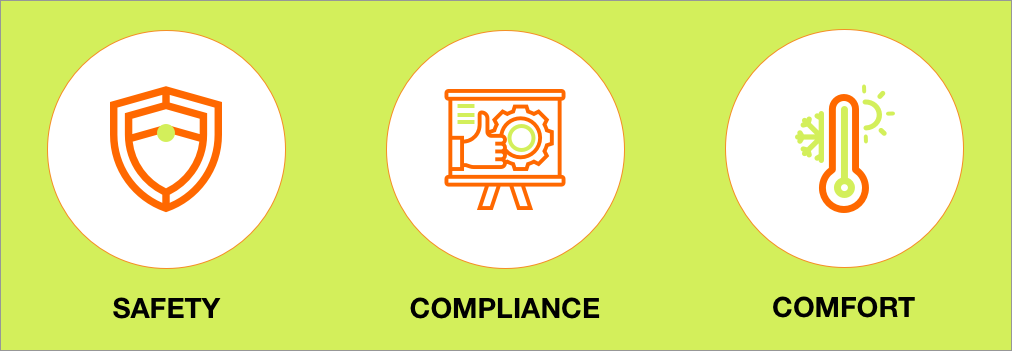
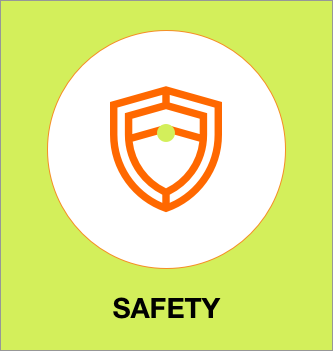
It keeps workers safe.
The most obvious reason to prioritize the use of standardized apparel is that it keeps your team safe from dangerous workplace hazards, such as moving vehicles and other struck-by hazards. Keeping your crew out of harm’s way is not only a moral obligation, but it’s also a business decision that safeguards your company from liability and high turnover. For added safety and identification purposes, you can also have your company’s logo imprinted on your employee's workwear.

It keeps you compliant.
Though the ANSI 107 standard is voluntary, it is a good way to ensure that your workforce is fully compliant with OSHA’s position on the use of high-visibility apparel. According to section 5(a)(1) of the OSH Act, workers in highway work zones must wear high visibility apparel. For more information, read OSHA’s standards interpretation. Additional OSHA standards have been put in place to safeguard workers from struck-by hazards - see 1926.200(g)(2) or 1926.651(d).

Seasonal comfort.
Selecting the right high visibility apparel should also include dressing appropriately for each season. One of the biggest factors in ensuring workers comply with wearing their necessary PPE is wearer comfort. If they are uncomfortable, they will have a million reasons why they don't want to wear their PPE. Having the right HiVis work apparel for each season will greatly increase their desire to wear it.






